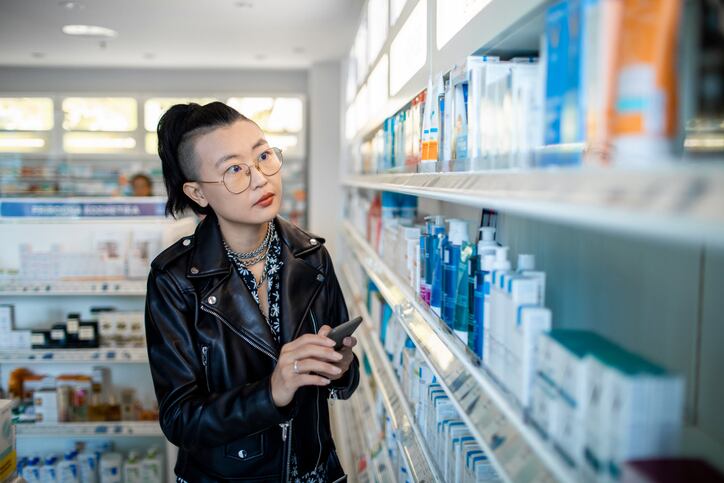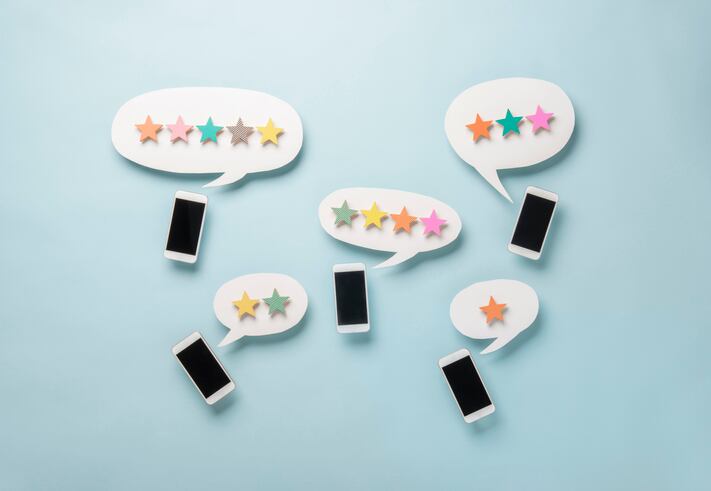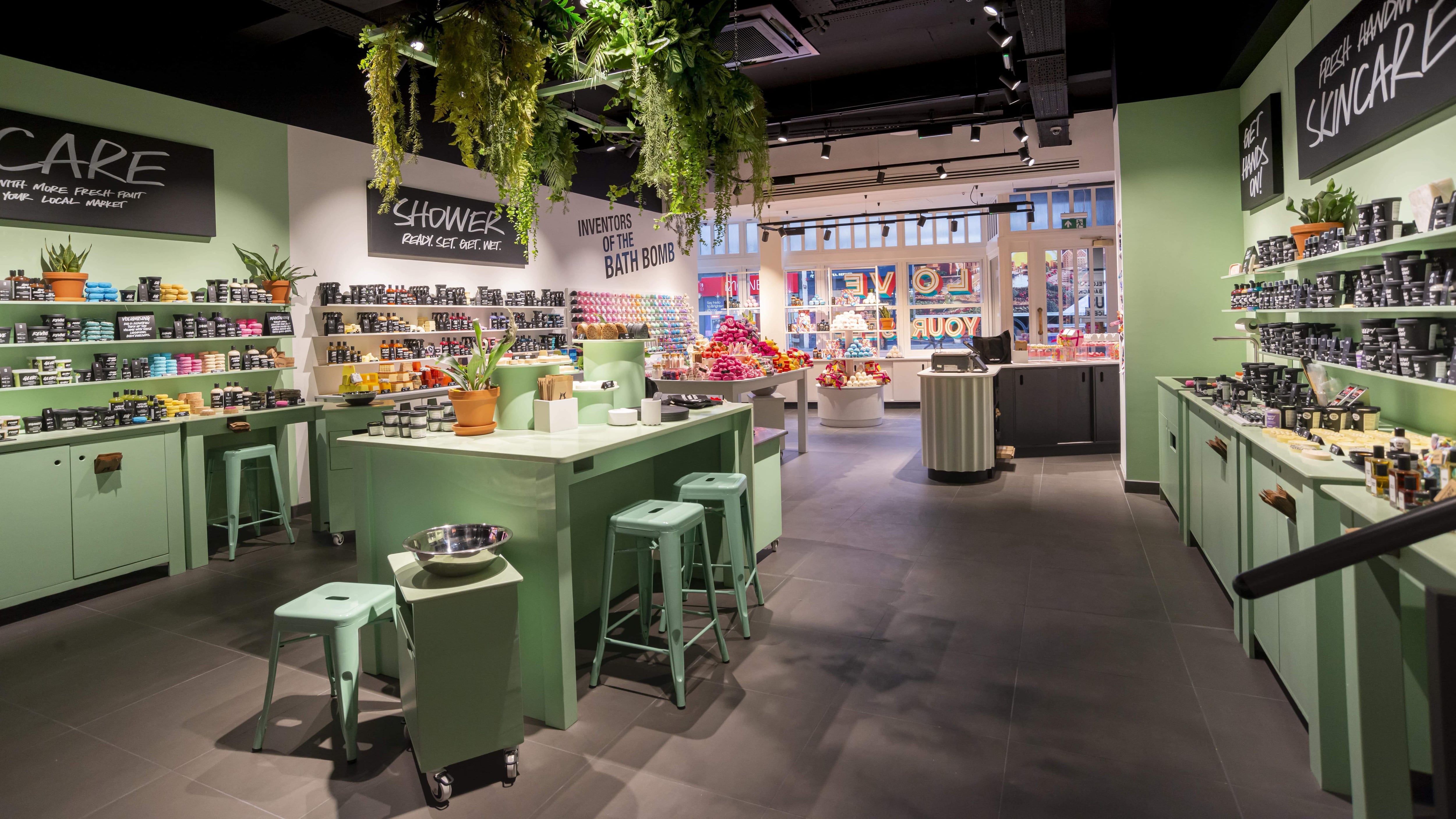And plenty of this could be done via interactive and digital technologies, according to user-generated content specialist Bazaarvoice, that found in its latest State of Retail report that almost half (46%) of consumers were now excited about the potential technology had to enhance shopping experiences. The research, involving 8,000+ consumers from the UK, France, Germany, Australia, Canada and the US, plus insight from more than 500 decision makers in retail, found there was particular enthusiasm for in-store technology that mimicked online experiences, including tools that displayed or communicated user-generated content.
‘The biggest influence on the buying decision’
“During the pandemic, when everybody was forced online, [consumers] became very reliant on peer-to-peer comments to give them confidence in their buying decisions. And as you come back into store, many of the people we speak to feel a little bit exposed without that information,” said Ed Hill, senior VP of EMEA at Bazaarvoice.
“…We’re hearing from shoppers that their peers have the biggest influence on the buying decision. What a brand and retailer say about its products has comparably low credibility versus what like-minded third parties are saying,” Hill told CosmeticsDesign-Europe.
And these findings supported results of a separate Bazaarvoice global consumer survey conducted last year which showed a shift towards everyday influencers – friends, family and peers – versus celebrities and established figures because this is where they believed authentic content could be found.
“…The piece that I love is just this dramatic powershift,” Hill said. “B2C feels like it’s all about ‘the consumer will be told what they want to buy’ and now it’s the power coming back to the consumer.”
The latest State of Retail report showed global consumers returning to brick and mortar stores wanted access to user-generated content ahead of making a purchasing decision, be that text-based reviews or curated images of real consumer results, he said, with 60% wanting to this content on branded and social media channels and 40% wanting it displayed in-store. And interestingly, brands and retailers agreed, he said, also ranking customer reviews and photos as “the most influential part of advertising”.
“…It shows how reliant and how important peer-to-peer recommendations and feedback is becoming in the decision-making journey of our consumers.” C2C, he said, was certainly now the future of retail; empowering communities of consumers to get what they truly want, either by selecting the right products or having those tailored to their needs.
Health and beauty ‘more advanced’ in peer influence and social commerce
And this, Hill said, was especially relevant for the health and beauty category – one of the “more advanced sub-categories” when it came to peer influence and the social commerce boom.
“When you look at health and beauty; when you look at the demographic and general customer of this product set, it’s second nature to become advocates or give an opinion, feedback or point of view [on a product or brand].”
And consumers weren’t just seeking insight on the product itself but also brand ethos, values and overall experience when becoming a customer of that brand or retailer, he said. “A huge thing, particularly in [health and beauty], is the way we feel. Often the feedback is also around the service and experience of buying, and that’s increasingly important to consumers. We’re talking about relatively high-cost items, particularly when you look at the demographic of the buyer and the percentage of their earnings; they’re making big investments. They want to make sure it’s a brand they’re aligned to and check in advance that if they make that big investment, it’s going to give them the feeling they’re looking for.”
Hill said in-store technologies like scannable QR codes, digital displays and Augmented Reality (AR) apps offered plenty of promise to plug these needs, but it was important beauty brands and retailers understood how different the post-pandemic beauty consumer was.
“Where perhaps you’d use a store to go and browse, get the experience to understand how products work, but then maybe use an online channel for fulfilment; that’s kind of flipped,” he said. “We now see shoppers shopping online, window shopping, before going to store and when they get to the store, they’re a much more informed prospective customer; they’re coming with data and content.”
But were beauty consumers ready to engage with these in-store technologies? “Where consumers are given easy-access to user-generated content, either through a QR code or where it’s served up to them on-shelf (…) where more traditional marketing collateral would have been traditionally, they’re just reading content that helps them making a decision.”
Beyond in-store tech – creating the ‘multi-aspect conversation’
However, Hill said it wasn’t all about in-store technologies, rather about “creating channels” where consumer opinions could be heard by brands or retailers as well as seen by other consumers. Making space on websites for more user-generated content and less marketing messaging, for example, was valuable, he said, as it could convert browsing customers into buying customers.
“Our report tells us whilst digital in-store adoption is useful, it’s the consulting of the user-generated content that helps make a decision, and that aspects of decision-making have changed dramatically away from price and availability and towards sustainability, supply chain, and the value of those solutions.”
User-generated content versus traditional advertising, he said, offered a “multi-aspect conversation” for consumers on these topics, providing an “honest appraisal of the entire experience” when purchasing a product or interacting with a brand. And successful beauty brands and retailers, he said, would carefully follow and closely listen to these insights and respond accordingly. Success in future retail concepts, Hill said, centred on “agility and listening” to consumers.




